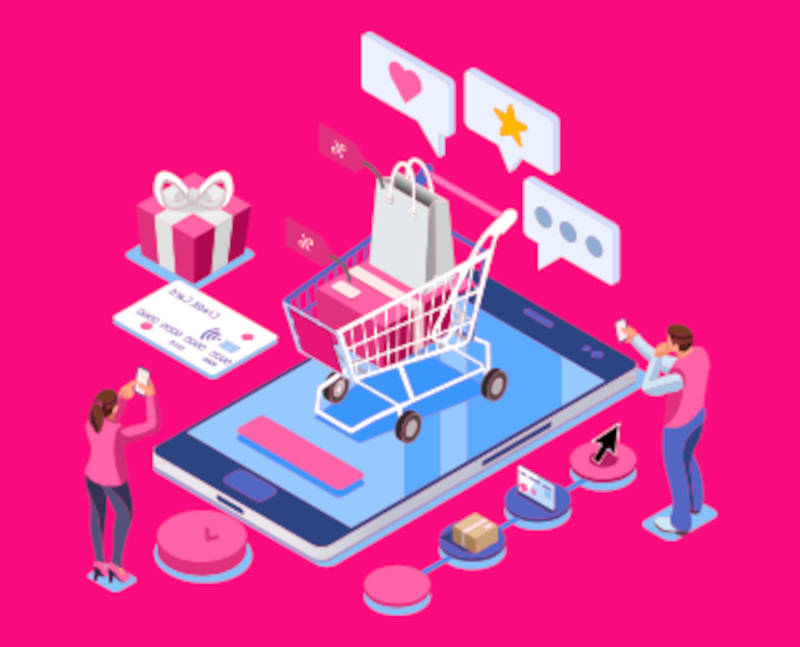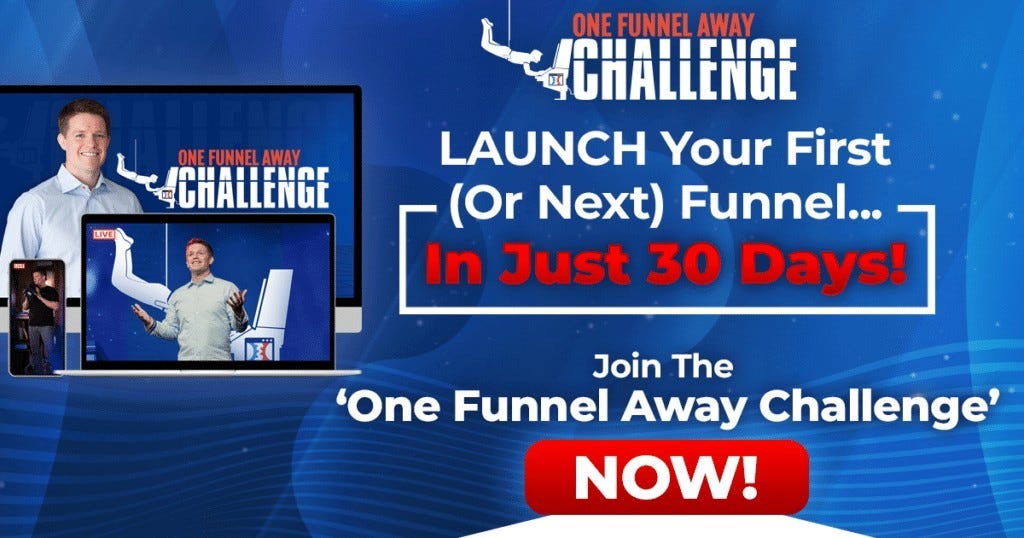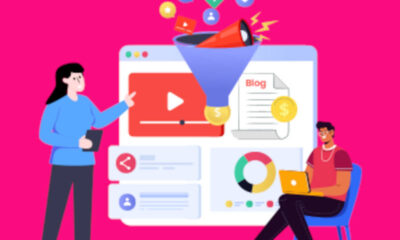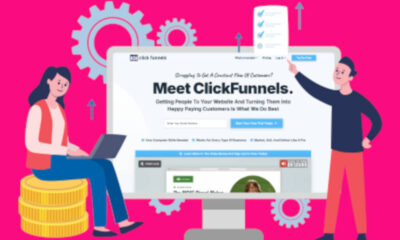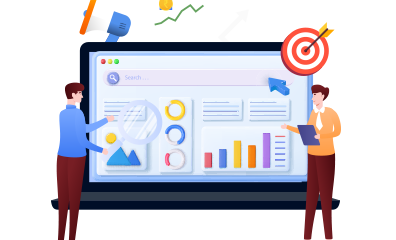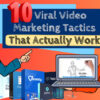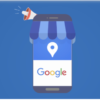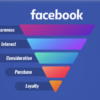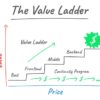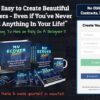Email Marketing
Your Digital Empire Awaits Start Selling Online in 2024
In today’s fast-paced digital world, starting an online business is more than just a trend—it’s a necessity. Whether you’re a small business owner, a marketing professional, or someone with a burning entrepreneurial spirit, the opportunity to reach a global audience has never been more accessible. But where do you begin? This comprehensive guide will walk you through everything you need to know to start selling online in 2024. From deciding what to sell to building a sales funnel, we’ve got you covered.
Deciding What to Sell
What Is Your Unfair Advantage?
Every successful business has a unique edge—an unfair advantage that sets it apart. Before you jump into the online marketplace, it’s crucial to identify what makes you stand out. Is it your expertise in a niche area? Perhaps it’s a personal story that resonates with your target audience or a network of connections that can propel your brand forward. Reflect on your strengths and experiences to pinpoint your unfair advantage. This will not only guide your product selection but also shape your brand’s identity.
Having an unfair advantage means leveraging something others can’t easily replicate. It could be your insider knowledge of a particular industry, access to exclusive resources, or even a knack for creating compelling content that captures attention. Whatever it is, ensure it aligns with your passion and can provide value to your customers. This alignment will fuel your motivation and make your business more resilient to challenges.
Once you’ve identified your unfair advantage, think about how it can translate into products or services. If you’re unsure, consider brainstorming with trusted friends or colleagues who can offer fresh perspectives. Remember, your advantage doesn’t have to be groundbreaking—sometimes, a simple but unique twist on an existing idea is all it takes to capture the market’s interest.
Sell Something That People Are Already Buying
While innovation is exciting, it’s often more practical for beginners to start with products that are already in demand. This approach reduces risk and allows you to tap into an existing customer base. Think about what people are currently buying and how your unique twist can make your offering even more appealing. Conduct market research to identify trends and gaps in the market that you can fill.
Consider exploring online marketplaces like Amazon, Etsy, and eBay to see what products are flying off the shelves. Pay attention to customer reviews and ratings to understand what people love and what could be improved. This feedback can guide you in creating a product that not only meets existing demand but also addresses unmet needs.
Don’t forget to look at seasonal trends as well. Some products may have fluctuating demand throughout the year, which can impact your sales strategy. By aligning your product offerings with these trends, you can capitalize on peak buying periods and optimize your inventory management.
The Pros and Cons of Various Business Models
Before you launch your online venture, it’s essential to choose the right business model. Each model comes with its own set of advantages and challenges. For example, dropshipping allows you to sell products without holding inventory, reducing upfront costs. However, it can also lead to less control over product quality and shipping times.
On the other hand, manufacturing your products offers complete control over quality and branding but requires significant investment in production and inventory. Consider your capabilities, resources, and risk tolerance when choosing a business model. It’s also worth exploring hybrid models that combine elements of different approaches to suit your unique needs.
Subscription-based models are gaining popularity, offering a steady stream of recurring revenue. This model works well for products that require regular replenishment, such as beauty products or meal kits. However, it demands ongoing engagement with customers to maintain their interest and loyalty. Evaluate the pros and cons of each model carefully and align your choice with your long-term business goals.
Choosing the Right Market
Selecting the right market is crucial to your success. Start by identifying your target audience and understanding their needs, preferences, and pain points. Consider factors such as demographics, geographic location, and purchasing behavior. This information will help you tailor your products, marketing strategies, and customer service to better resonate with your audience.
Conduct a competitive analysis to assess the level of competition in your chosen market. Identify key players and examine their strengths and weaknesses. This will help you identify opportunities to differentiate your brand and position yourself effectively. Remember, a saturated market isn’t necessarily a bad thing—it can indicate high demand. However, you’ll need to find a unique angle to stand out.
Test your market assumptions by conducting surveys, interviews, or focus groups. Gather feedback on your product ideas, pricing, and marketing messages to validate your approach. This data-driven approach will help you make informed decisions and minimize risks as you enter the market.
Doing Customer Research
Understanding your customers is the foundation of a successful online business. Invest time in researching your audience to gain insights into their motivations, preferences, and behaviors. Use tools like Google Analytics, social media insights, and customer surveys to gather valuable data. This information will guide your marketing strategies, product development, and customer engagement efforts.
Create detailed customer personas to represent your target audience segments. These personas should include demographics, interests, challenges, and buying habits. Use these personas to tailor your messaging and offerings to resonate with each segment. Remember, personalized experiences drive higher engagement and conversion rates.
Leverage social listening tools to monitor online conversations about your brand, industry, and competitors. This will help you identify trends, sentiments, and emerging opportunities. Engage with your audience on social media to build relationships and gain firsthand insights into their needs and preferences.
Creating an Offer
Crafting a compelling offer is essential to attract and convert potential customers. Your offer should communicate the value and benefits of your products or services. Use persuasive language and visuals to highlight what sets you apart from the competition. Consider offering limited-time promotions, discounts, or bundles to create urgency and drive conversions.
Ensure your offer aligns with your target audience’s needs and desires. Use the insights gained from your customer research to tailor your messaging and presentation. Test different variations of your offer to identify what resonates most with your audience. A/B testing can help you refine your approach and maximize conversions.
Don’t forget to optimize your offer for mobile devices. With the increasing use of smartphones for online shopping, it’s crucial to provide a seamless experience across all devices. Ensure your website, landing pages, and checkout process are mobile-friendly to avoid losing potential customers.
Creating a Lead Magnet
A lead magnet is a valuable resource offered to potential customers in exchange for their contact information. It’s a powerful tool for building your email list and nurturing leads. Create a lead magnet that addresses a specific pain point or interest of your target audience. This could be an e-book, checklist, webinar, or free trial.
Ensure your lead magnet delivers genuine value and showcases your expertise. Provide actionable insights or solutions that leave a lasting impression. Use compelling visuals and persuasive copy to promote your lead magnet on your website, social media, and other marketing channels.
Once you’ve captured leads, nurture them through automated email sequences. Deliver relevant content, offers, and updates to keep them engaged and moving through your sales funnel. Personalize your communication to build relationships and establish trust with your audience.
Building a Sales Funnel
A well-designed sales funnel guides potential customers through the buying process, from awareness to conversion. It consists of multiple stages, each with specific goals and tactics. Start by creating awareness through content marketing, social media, and paid advertising. Use engaging content to capture attention and drive traffic to your website.
Once visitors reach your website, use landing pages and lead magnets to capture their contact information. This allows you to nurture leads through email marketing, providing valuable content and offers that move them closer to a purchase decision. Use persuasive copy and compelling visuals to encourage conversions.
Segment your leads based on their behavior and interests to deliver personalized experiences. Use automation tools to streamline your follow-up and ensure timely communication. Monitor your sales funnel’s performance and optimize it continuously to improve conversion rates and maximize revenue.
Partially Automated Sales Funnels
Partially automated sales funnels combine manual and automated processes to nurture leads and drive conversions. They allow you to maintain a personal touch while leveraging automation to streamline repetitive tasks. Use tools like CRM systems, email marketing platforms, and chatbots to automate lead capture, follow-up, and engagement.
Set up automated email sequences to deliver relevant content and offers to lead at each stage of the funnel. Use personalized messaging to build relationships and address individual needs. Monitor engagement metrics to identify leads that require manual intervention or personalized attention.
Combine automation with personalized outreach to provide a seamless customer experience. Use CRM data to track interactions and tailor your communication accordingly. This approach allows you to scale your efforts while maintaining a human touch.
Completely Automated Sales Funnels
Completely automated sales funnels rely on technology to manage the entire lead generation and conversion process. They eliminate manual intervention and streamline operations, allowing you to focus on strategic activities. Use advanced automation tools to capture leads, segment them, and deliver personalized content and offers.
Implement dynamic content and personalization to create tailored experiences for each lead. Use data-driven insights to optimize your messaging, timing, and delivery channels. Monitor performance metrics to identify areas for improvement and make data-backed decisions.
Completely automated sales funnels are ideal for businesses with high lead volumes or those seeking scalability. However, they require careful planning, testing, and optimization to ensure effectiveness. Continuously analyze results and refine your approach to maximize conversions and ROI.
Should You Use a Partially or Completely Automated Sales Funnel?
Choosing between a partially or completely automated sales funnel depends on your business goals, resources, and target audience. Partially automated funnels offer flexibility and personalization, making them suitable for businesses focused on building relationships and providing custom solutions.
Completely automated funnels offer scalability and efficiency, making them ideal for businesses with high lead volumes or those seeking rapid growth. They allow you to reach a larger audience and manage complex sales processes without manual intervention.
Consider your budget, team capabilities, and customer preferences when deciding which approach to use. You may also choose to start with a partially automated funnel and gradually transition to complete automation as your business grows.
The Most Effective Way to Sell Anything Online The Value Ladder Sales Funnel
The value ladder sales funnel is a powerful strategy for maximizing customer lifetime value. It involves creating a series of offers that gradually increase in value and price. Start with a low-cost or free offer to capture leads and build trust. Once leads are engaged, introduce higher-priced products or services that provide additional value.
Use upselling and cross-selling techniques to guide customers through the value ladder. Offer complementary products or services that enhance the customer’s experience. Personalize your recommendations based on customer behavior and preferences to increase conversions.
The value ladder sales funnel allows you to nurture leads and build long-term relationships. It provides opportunities for recurring revenue and maximizes the return on your marketing investment. Continuously evaluate and optimize your value ladder to meet changing customer needs and market conditions.
The Most Basic Variation of the Value Ladder Sales Funnel The Squeeze Page Funnel
The squeeze page funnel is a simple yet effective variation of the value ladder sales funnel. It focuses on capturing leads through a single landing page with a compelling offer. Use persuasive copy and a clear call-to-action to encourage visitors to provide their contact information.
Once leads are captured, use automated email sequences to nurture them through the sales funnel. Deliver valuable content, offers, and updates that move them closer to a purchase decision. Use personalization to tailor your communication and build trust with your audience.
The squeeze page funnel is ideal for businesses seeking to grow their email list and drive conversions. It provides a streamlined process for capturing leads and nurturing them through automated follow-up. Continuously optimize your landing page and email sequences to improve conversion rates and maximize results.
Start Driving Traffic to Your Sales Funnel!
Driving traffic to your sales funnel is essential for generating leads and conversions. Use a mix of organic and paid strategies to reach your target audience. Leverage search engine optimization (SEO) to improve your website’s visibility and attract organic traffic. Use social media marketing to engage with your audience and drive traffic to your landing pages.
Consider using pay-per-click (PPC) advertising to reach a wider audience and boost traffic quickly. Test different ad formats and targeting options to optimize your campaigns and maximize your return on investment. Use retargeting to re-engage visitors who didn’t convert initially.
Build partnerships and collaborations to expand your reach and drive traffic to your sales funnel. Leverage influencer marketing and guest blogging to tap into new audiences and increase brand awareness. Continuously monitor and analyze your traffic sources to identify areas for improvement and optimize your strategies.
Build and Launch Your First Sales Funnel In Just Five Days!
Building and launching your first sales funnel doesn’t have to be a daunting task. With the right tools and strategies, you can create a functional funnel in just five days. Begin by outlining your funnel’s structure and defining your goals. Identify the key stages and touchpoints that will guide leads through the buying process.
Use funnel-building software or platforms to create and customize your landing pages, email sequences, and automation workflows. Test your funnel thoroughly to ensure a seamless experience for your audience. Gather feedback from initial users to identify any areas for improvement.
Launch your sales funnel and start driving traffic to it using your chosen marketing channels. Monitor key metrics such as conversion rates, engagement, and revenue to assess your funnel’s performance. Use data-driven insights to optimize and refine your funnel for maximum results.
Starting an online business in 2024 is an exciting and rewarding endeavor. By following this comprehensive guide, you’ll have the knowledge and tools to succeed in the digital marketplace. Remember, building a successful online business takes time, effort, and continuous learning. Stay curious, adapt to changing trends, and don’t be afraid to experiment with new strategies.
If you’re ready to take the next step in your online business journey, explore additional resources, courses, and communities that can support your growth. The digital landscape is full of opportunities, and with the right mindset and determination, your online business can thrive in 2024 and beyond.
>>>Join The One Funnel Away Challenge<<<


